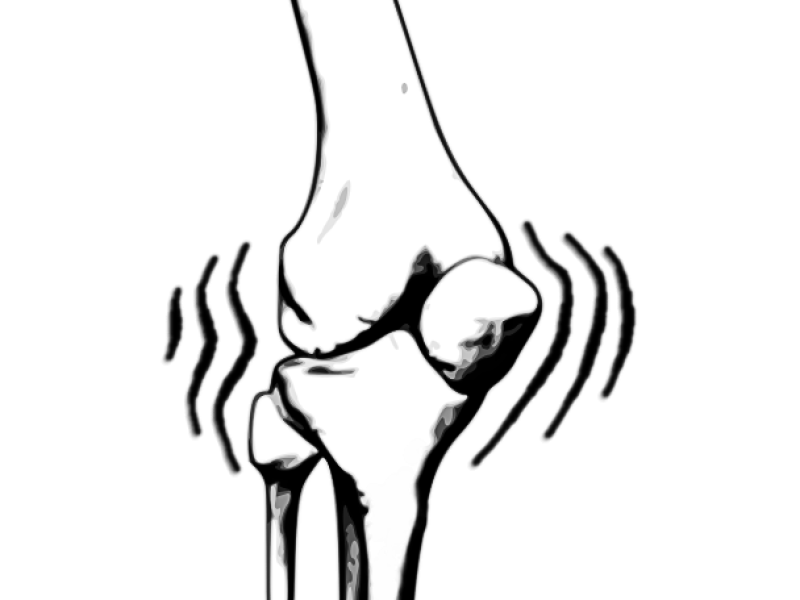Changes in limb or joint anatomy (e.g., due to injury or surgery) may lead to functional impairment. Accurate measurement of skeletal kinematics provides the key to understanding the role of joint instabilities in the onset of degenerative diseases. The aim of the project is to measure in vivo knee joint motion and to identify and characterize knee joint laxity. In order to assess the relative motion of knee joint structures, dynamic medical imaging techniques are used. Three possible options are video-fluoroscopy, dynamic computed tomography (CT), and magnetic resonance imaging (MRI). The most practical approach is video-fluoroscopy, as it enables us to image the knee joint structures during physical exercises or other weight-bearing positions. One of the challenges addressed in this project is the reconstruction of anatomical structures from 2D images. This is achieved via a combination of 3D MRI and 2D fluoroscopy data and is based on the developed 2D-3D registration techniques. Within the project, we will assess and improve skin marker-based methods for assessing skeletal dynamics and joint centers. For more information about 2D-3D registration methods, please look at the related projects on 3D Reconstruction of Anatomical Structures from 2D X-ray Images and In vivo Forces and Musculoskeletal Loading Conditions in Human Fracture Healing.

Fig. 1. Employed 2D-3D reconstruction method. 3D MRI scans are used to obtain patient-specific 3D bone models (shape priors), which are then rigidly registered to dynamic 2D image sequences obtained with C-arm video-fluoroscopy. The resulting registered bones now also have a temporal component that gives us insight into the actual knee kinematics during dynamic movement.
